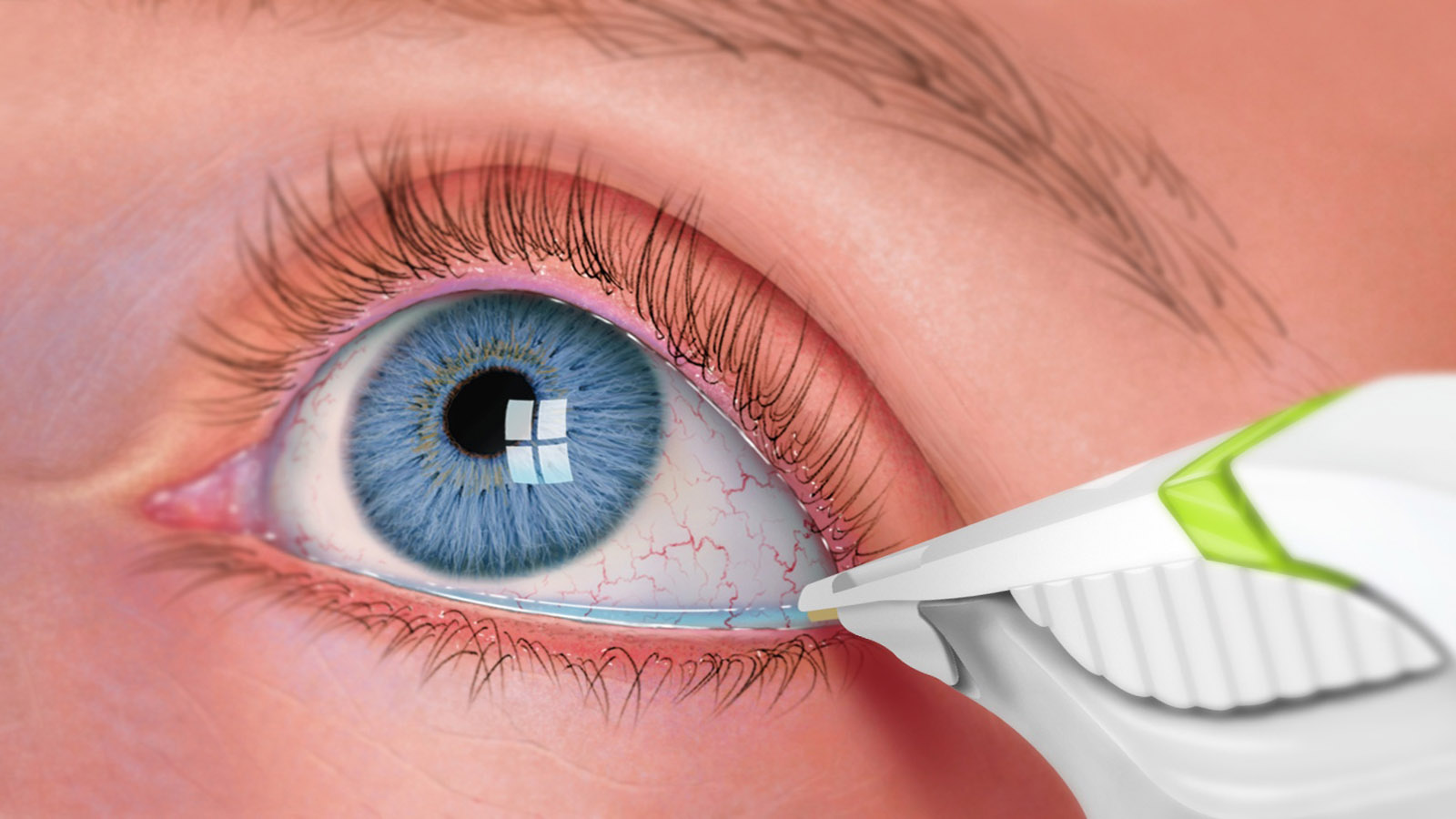Andalusia Pediatrics: Compassionate Care for Your Children
Andalusia Pediatrics: Compassionate Care for Your Children
Blog Article
The Benefits And Drawbacks of Different Refractive Surgical Treatments for Improved Eyecare

LASIK Surgical Treatment
LASIK surgery is a frequently executed refractive procedure that aims to deal with vision problems such as astigmatism, nearsightedness, and farsightedness. This surgical method has obtained appeal as a result of its efficiency in giving people with clearer vision and minimizing their reliance on glasses or get in touch with lenses. During the procedure, a thin flap is created on the cornea, and a laser is used to improve the underlying cells, dealing with the refractive error. The flap is after that repositioned, permitting quick healing and very little discomfort for the patient.
Among the key advantages of LASIK surgery is the fast improvement in vision experienced by lots of people. The majority of people discover a significant enhancement in their vision shortly after the procedure, with marginal downtime required for recuperation. Additionally, LASIK is known for its high success rate and reduced incidence of difficulties when done by skilled specialists. Nevertheless, like any kind of medical procedure, LASIK likewise lugs some risks, including dry eyes, glare, halos, and under or overcorrection of vision. It is vital for individuals thinking about LASIK surgical procedure to go through a thorough evaluation by an eye treatment specialist to figure out if they appropriate prospects for the treatment.
PRK Procedure
The PRK treatment, also known as Photorefractive Keratectomy, is a kind of refractive surgical procedure that intends to correct vision concerns comparable to LASIK surgery. Unlike LASIK, which entails creating a flap in the cornea, PRK functions on the surface area layer of the cornea.
One of the advantages of PRK over LASIK is that it removes the risk of flap-related difficulties considering that no flap is developed throughout the surgical treatment. This can be helpful for people with thin corneas or those included in contact sporting activities where eye trauma is a possibility. However, the recuperation time for PRK is normally much longer compared to LASIK, as the outer layer of the cornea requires time to regenerate after the procedure. In spite of the longer recuperation duration, PRK can be an ideal alternative for people looking for vision improvement surgery.
SMILE Surgical Treatment
An advanced refractive surgical procedure strategy obtaining appeal in the field of ophthalmology is SMILE Surgical treatment. Little Incision Lenticule Extraction (SMILE) is a minimally invasive procedure that remedies vision by improving the cornea using a femtosecond laser. Unlike standard LASIK surgery, SMILE Surgical treatment involves producing a tiny incision in the cornea to draw out a lenticule, which leads to less disturbance to the corneal framework and possibly quicker recuperation times.
Among the key benefits of SMILE Surgery is its ability to treat nearsightedness (nearsightedness) and astigmatism with high accuracy, leading to excellent aesthetic results for individuals. The minimally intrusive have a peek at this site nature of the procedure also minimizes the risk of difficulties such as completely dry eye disorder, making it a beneficial option for people looking for refractive surgical procedure.

LASEK Method
Having actually explored the benefits and considerations of SMILE Surgical procedure, one more significant refractive surgery technique worth analyzing is the LASEK Method. LASEK, which means Laser-Assisted Subepithelial Keratectomy, is a kind of laser eye surgical treatment that intends to fix refractive errors such as nearsightedness (nearsightedness), hyperopia (farsightedness), and astigmatism.
Unlike LASIK, LASEK does not entail producing a corneal flap. Instead, during a LASEK treatment, the doctor utilizes a diluted alcohol option to loosen the slim external layer of the cornea, called the epithelium. This layer is after that gently relocated aside to permit the laser to reshape the underlying corneal cells. As soon as the cornea has actually been reshaped to the desired level, the epithelial layer is repositioned.
Among the primary benefits of LASEK is that it can be appropriate for people with thin corneas who might not be good prospects for LASIK. Furthermore, LASEK normally causes minimal post-operative pain and a quicker healing time contrasted to PRK. The aesthetic recovery process with LASEK may be somewhat longer than with LASIK.
Implantable Contact Lenses
Implantable Get in touch with Lenses provide a long-term vision correction solution for individuals seeking an option to standard get in touch with lenses or glasses. These lenses, also called phakic intraocular lenses, are surgically placed into the eye to correct refractive errors such as nearsightedness (nearsightedness), hyperopia (farsightedness), and astigmatism. eye center andalusia. Unlike conventional get in touch with lenses that rest on the surface of the eye, implantable get in touch with lenses function within the eye itself, supplying clear vision without the requirement for day-to-day upkeep or removal
One of the essential benefits of implantable contact lenses is their durability. Once placed, they can continue to be in the eye forever, offering consistent and secure vision modification. In addition, these lenses can be an outstanding option for people who are not great candidates for laser eye surgery or that prefer a reversible vision correction treatment.
Nevertheless, implantable get in touch with lenses do bring some threats, consisting of the possibility for cataracts or increased eye pressure. It is critical for people considering this alternative to seek advice from an eye treatment specialist to determine if implantable get in touch with lenses are the appropriate option find here for their specific requirements and eye health.
Final Thought
In final thought, each type of refractive surgical procedure has its very own benefits and disadvantages. LASIK surgical procedure is preferred for its fast recuperation time, while PRK treatment may be ideal for patients with slim corneas.

In General, SMILE Surgical treatment provides a promising alternative for check that individuals looking to improve their vision through refractive surgery.
Report this page